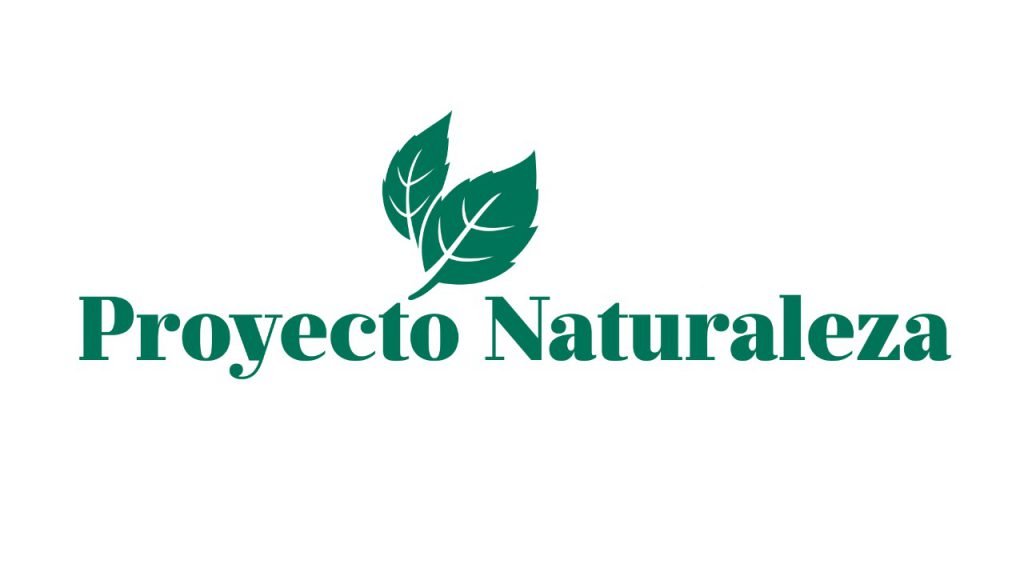
In order to position the climate and biodiversity crisis as the main issue of our times into the news agenda, LA NACION developed a whole integral strategy and named it: “The Nature Project”.
As a major national newspaper in Argentina since 1870, we have a relevant voice within the general audience, politicians, businessmen and other media.
The Nature Project is a cross section initiative in which we report using multimedia platforms, audience engagement, technology and open collaboration focusing on the presentation of solutions for mitigation and adaptation of this crisis.

Our disruptive strategy lies in that there is no specific section or dedicated environmental reporter, but a cross sections and platforms coordinated project. We want climate crisis issues to meet our readers’ attention wherever they are consuming related information in sections such as politics, business, arts, real estate, agriculture, etc..
The project is coordinated by the LN Data journalism team and was born as an innovation initiative in order to challenge status quo and raise our audience awareness including the fact that there can be public accountability for every country involved. We discovered that many aspects of The Nature Project’s editorial mission are based on monitoring and translating national and international goals, datasets and metrics, beginning with the United Nations ODS for 2030 and the scientific evidence behind them.
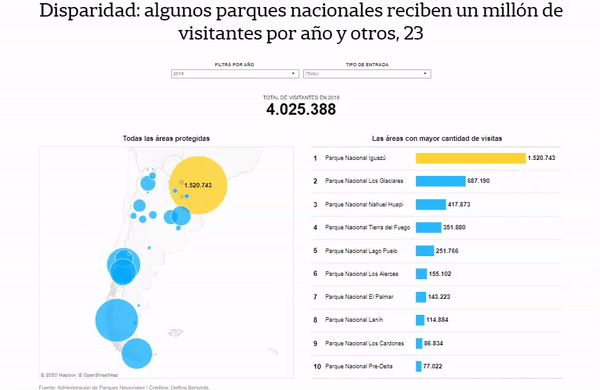
During 2019, we partnered with the international alliance Covering Climate Now from Columbia Journalism Review and the #6Dnow project from Avina Foundation. We covered world news like the fires in Australia and Amazonia, Greta’s path, international meetings (UN Summit, COP 25) but we also try to compel our audience with locally focused news such as glaciers melting in Patagonia and Antarctica.

Pieces range from articles, editorial, opinion, interviews, graphics, data, social media (Twitter, Instagram) , cable TV and a recently released artificial intelligence driven project mapping solar farms with machine learning.
We work on three big axes: climate emergency, biodiversity crisis and participation. Each of them are filled with different topics such as global warming, flora and fauna extinction crisis, oceans, care of forests and soils, responsible production, environmental education, environmental citizen initiatives, sustainable cities, garbage problem and recycling, among others.
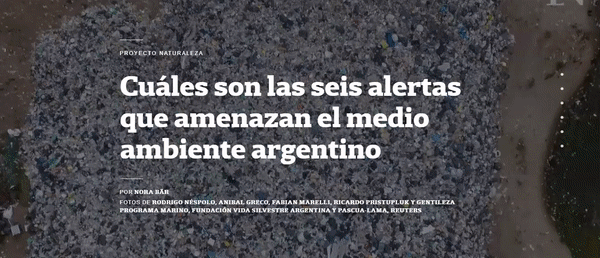
Since July 2019, we have produced more than 500 multiplatform pieces and participated ourselves in many activities for climate action with our community as tree plantings, garbage collection, beach clean-ups and environmental webinars with NGO’s.
One of our main goals is to connect scientists with the community. Consequently, we have been developing different projects around IPCC and IPBES that translate and make its concepts more accessible and understandable to people who demand precise information on this crisis.
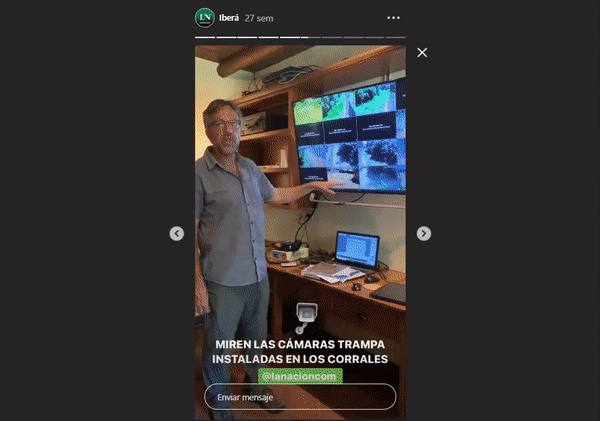
Accountability is crucial for us. Therefore, this project is basically based on the demand of government’s transparency and compromise in changing behaviors and habits towards climate. We are constantly monitoring legislation and budget while pushing government to open information and data.
Working with our community towards climate education, public participation and international cooperation is vital for us. But we believe that we need to urge policy makers to act.
- STRATEGY & IMPACT
Each month, every axis has a different topic related to it that must be converted into a piece in any of our platforms. We held monthly meetings in order to coordinate all the sections and pieces to come. This also allows us to cover one topic in different angles and storytelling in print, online, TV, social media and magazines (Travel, Gardening, Decoration, etc.)
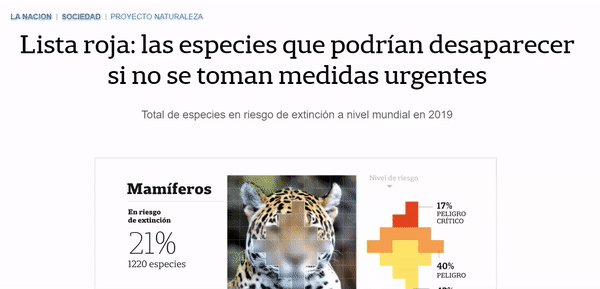
The most challenging situations we have to deal with are getting FOIA responses from the government and interacting with scientists to make sure we understand all the issues related to academic papers or technical documents.
For meeting the needs of our community we are reporting about several different topics. The pitches come from the beat agenda, e-mails, calls with NGO’s, crowdsourcing and audience engagement in social media.
To showcase some of the variety of publications we can point to: a special reporting on renewable energies including international data comparing types of energy, a special project focusing on solar energy in Argentina with solar farms, panels at schools and people’s houses.

In addition, we have produced special pieces with data driven visualizations on CO 2 emissions, the use of water and oceans, uncontrolled fishing, transport type comparison among others.
Regarding the biodiversity axis, we have covered profusely the importance of protected areas, showcasing many different National Parks and the guardaparques role, the forests and deforestation status, the wetlands situation and its future, the animal extinction crisis and different rewilding efforts.

We can measure the overall impact of The Nature Project in different angles: during the last 10 months since its launch, we have a steady growth in our social media accounts, also we register more than 350.000 unique views of our pieces in online edition, we have received lots of answers from our special crowdsourcing efforts, established strong relationships with many local environment NGO’s and detected internal satisfaction of having developed a network of journalists, designers and editors across LA NACION that understand the importance of prioritizing in a daily basis this type of content.
Finally, we think that this strategy is the best way to speed up the climate emergency awareness in Argentina. This crisis is global. Data, legislation and indicators should tend to be published in comparable standards. The Nature Project is ambitious and hopeful. Let’s collaborate to make the impossible, possible.